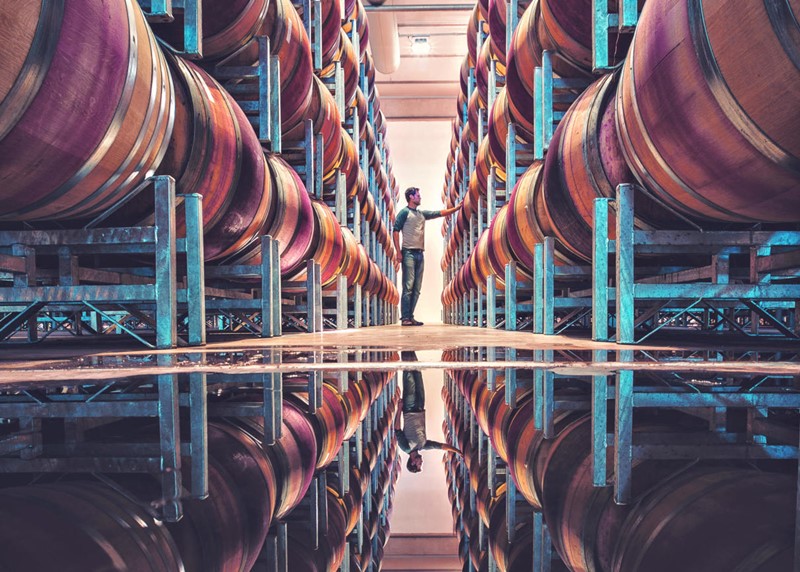US Industry Faces Inventory Glut, Shifting Consumer Tastes
Excess Inventory Forces Wineries to Get Creative with Pricing Strategies
2024-05-13

As we dive into the currents shaping today's U.S. wine sector, it's clear that these are transformative times, filled with both significant challenges and unexpected opportunities. This dual reality paints a picture of an industry at a crossroads, navigating through stormy market fluctuations and an ever-tightening grip of regulations. Yet, there's a silver lining as emerging trends may herald a new era of resurgence for American vintners.
Let's start with the topic on every wine lover and producer's lips: pricing. Rob McMillan, the Executive Vice President of Silicon Valley Bank's wine division, underscores a period of turmoil characterized by stagnant sales and an inventory glut. However, McMillan also highlights some promising signs, such as a slight uptick in sales towards the end of last year, and a renewed interest among younger consumers in varieties like Pinot Grigio and white blends.
This shift is crucial, considering the aging demographic of traditional wine consumers has been a lingering concern. Moreover, the wine tourism sector is showing signs of revival, albeit slowly, and has yet to return to pre-pandemic levels. This suggests a potential rebound in oenological tourism as American travelers wrap up their post-pandemic "revenge travel" and look to reinvest in local experiences like wine tasting in Napa.
A major hurdle today is the overwhelming inventory excess. McMillan points out the alarming ratio of bottles in stock versus bottles sold, causing restaurants and distributors to cut down on orders. This has forced many wineries to reconsider their strategies, often opting to downgrade some of their wines to a more budget-friendly second label to preserve their flagship brand's image.
But what about the bottles that remain unsold? Enter an innovative startup offering re-labeling services, allowing wineries to reposition their products at a more accessible price point without compromising their brand image. This creative solution presents an effective way to handle inventory overflow while providing consumers access to quality wines at lower prices.
Direct-to-consumer (DTC) shipping also faces its own set of challenges due to stringent state regulations. Steve Gross, Vice President of State Relations at the Wine Institute, discusses how state legislatures are increasingly imposing restrictions, complicating wineries' ability to sell directly to consumers across many states. This not only impacts producers but also restricts consumers' ability to purchase wines directly from their favorite vineyards.
Environmental concerns are prompting states to consider new bottle recycling legislation, potentially introducing new challenges and costs for wineries. For instance, California, the largest wine-consuming state, has passed a law requiring wineries to actively participate in bottle recycling efforts.
Navigating these complex times, it's evident that the U.S. wine industry is at a turning point. The challenges are many, but so are the opportunities for those who can adapt and innovate. From adjusting to new regulations to attracting a younger and more diverse audience, the future of American wine could well be marked by both innovation and tradition. What remains certain is that the coming years will be crucial in defining the trajectory of this emblematic industry.
Founded in 2007, Vinetur® is a registered trademark of VGSC S.L. with a long history in the wine industry.
VGSC, S.L. with VAT number B70255591 is a spanish company legally registered in the Commercial Register of the city of Santiago de Compostela, with registration number: Bulletin 181, Reference 356049 in Volume 13, Page 107, Section 6, Sheet 45028, Entry 2.
Email: [email protected]
Headquarters and offices located in Vilagarcia de Arousa, Spain.